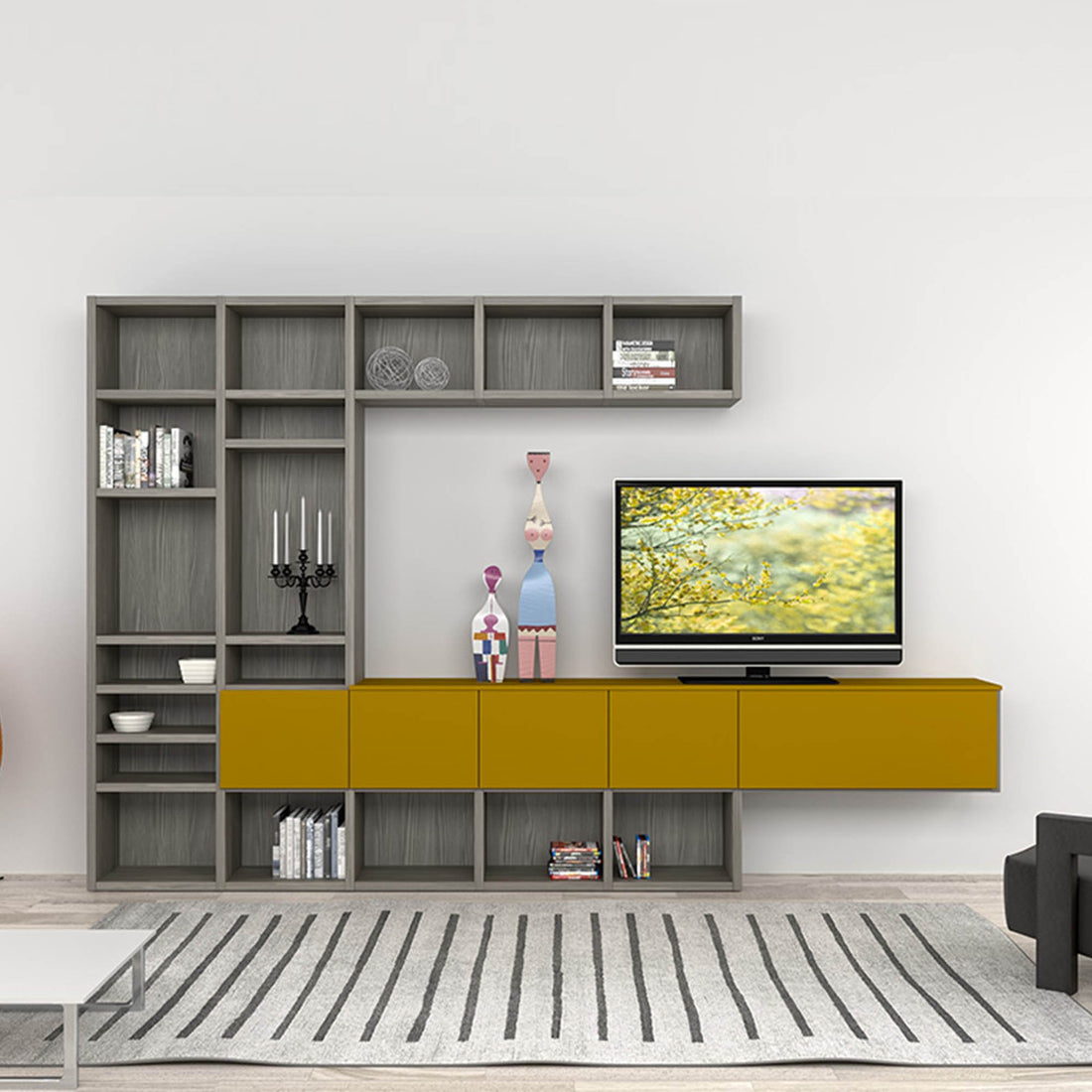
Advice On How to Merge Classic and Modern Furnishings
Share
Combining designs from many eras can result in a dynamic interior that is full of texture and aesthetic intrigue, but getting it right can be challenging. While moving from a large size house to an apartment using the whole furniture is the main concern if you have a large collection. It might be difficult to squeeze all your antique furniture into a new modern home. However, there are benefits of keeping some of the old furniture and combining it with My Italian Living contemporary piece of furniture that better suits your current lifestyle.
We have some advice that can help you mix various aesthetics in one area without being overly swamped.
- Use contrast fearlessly
Instead of making everything blend together, contrast may provide excitement and unexpected intrigue to the area. The simplest ways to introduce contrast to space are through color and textures, and even a modest juxtaposition can have a significant impact. For a splash of glitz- pair your traditional dining table with our contemporary sliding door sideboard. It can also assist to add some personality. You can add colors to your old sofa by adding colors, patterns, and texture with soft furnishings like cushions and smaller accent items like designer bar stools.
- Pick your style
Choose the style you want to dominate the room before you start looking for furnishings. Instead of the styles vying for attention, you establish a feeling of balance by letting one dominate. Contemporary elements provide fresh energy and appeal to your traditional furniture. Try to maintain the balance of both styles to avoid a confusing appeal.
- Maintain scalability
The interior will function and allow you flexibility if you combine items that are comparable in height and scale. Keep the scale of the individual pieces in the same range when mixing furniture from several eras. When placed next to a modern contemporary TV unit - a little delicate antique couch may appear crowded and out of place.
Additionally, take into account the scale in relation to the size of your interior.
- Arrange your furniture evenly.
A room with modern pieces on one side and traditional on the other will merely highlight the disparity between the two styles rather than bringing them together. Consider evenly spreading the furniture if you're using items from different eras in the room. By doing this, the eye will perceive it as having a single aesthetic rather than noticing a stark imbalance between the styles. For example, use a traditional table with our designer bar stools and a pick-up in the same style. It is all about creating a common thread and continuing the dialogue from one space to another.
- Observe the details
Picking up on the tiny elements of your furniture is one of the simplest ways to establish harmony without going overboard with matching everything. This could be as simple as the shape, lines, or fabrics and materials of your classic items. For instance, the classic curving contours sliding door sideboard would complement your antique dining table chair back.
- Put the tone first
Choose the atmosphere you want to create in each room of your house. Do you want your living room to be relaxed and spacious? If so, stay away from filling the room with formal, bulky furniture. Instead, experiment with clean, light, and basic lines and materials like in our contemporary modern TV unit for merging distinct eras.
Final Words.
It is difficult to get rid of vintage or antique furniture because it has its own flair, especially if it's pricey and in decent condition. However, only a few areas in the house require new furniture, so it is a smart idea to invest in contemporary pieces with elegant designs. You can choose any design and style at My Italian Living that matches your existing traditional furniture and enhances the attractiveness of your home.